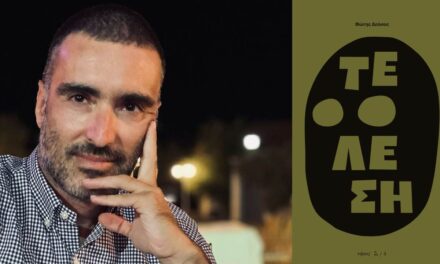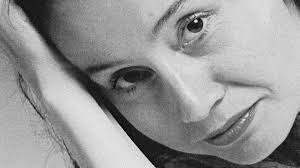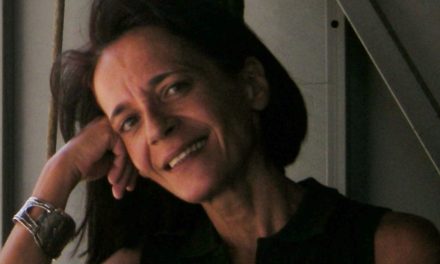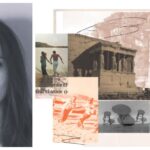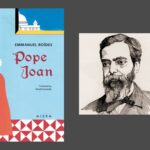Cavafy is the poet of the city; nature barely interests or inspires him. It is the urban space which defines the topography and iconography of his work. Indeed, Cavafy has no sense of the picturesque, and only tentatively describes the natural world. It is the urban space which dominates his work and forms the setting in which this protagonists lead their lives.
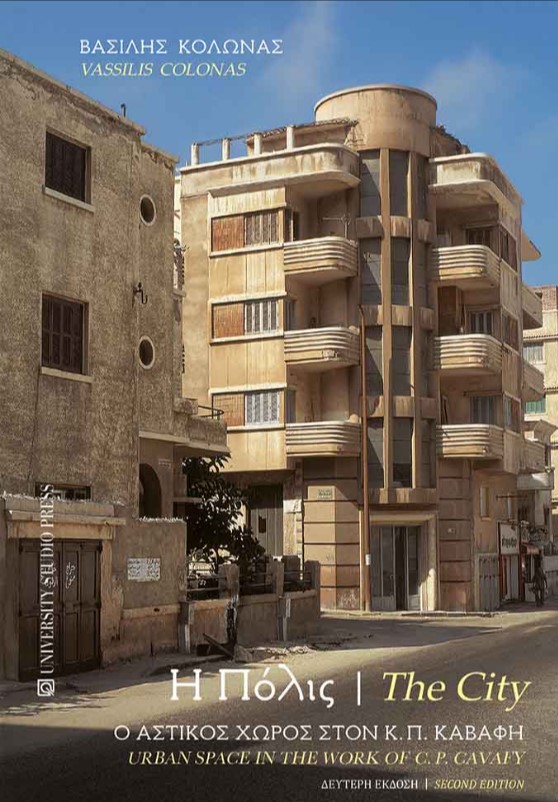
A further distinction – between the contemporary and historical city – supplies the starting points for two different forms of approach to the urban space. In the case of the historical city, the urban space is presented in all its possible manifestations: streets, piazzas, markets, public buildings and meeting places – with the economic life and activities of the city very much in evidence. In the contemporary city on the other hand, the emphasis is laid on ordinary, undistinguished neighborhoods, the small scale, the private space, its furnishings and the atmosphere which prevails within it.
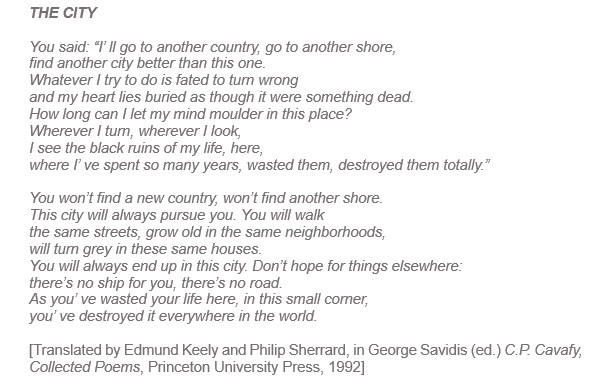
A first approach to the theme of Urban Space in the work of C. P. Cavafy was presented at the First International Symposium on Cavafy in October 1991 in Alexandria. In the following years it was also presented by the author in academic lectures and seminars in Greece and abroad. The present bilingual and updated version of the book comes more than thirty years since its initial presentation and more than ten years since its first edition. The photographs selected to accompany the English text feature images of Alexandria from 1991 to 2009, photographs taken by the author, as an attempt to initiate a conversation between the poetic space and the image of Alexandria over the past twenty years.
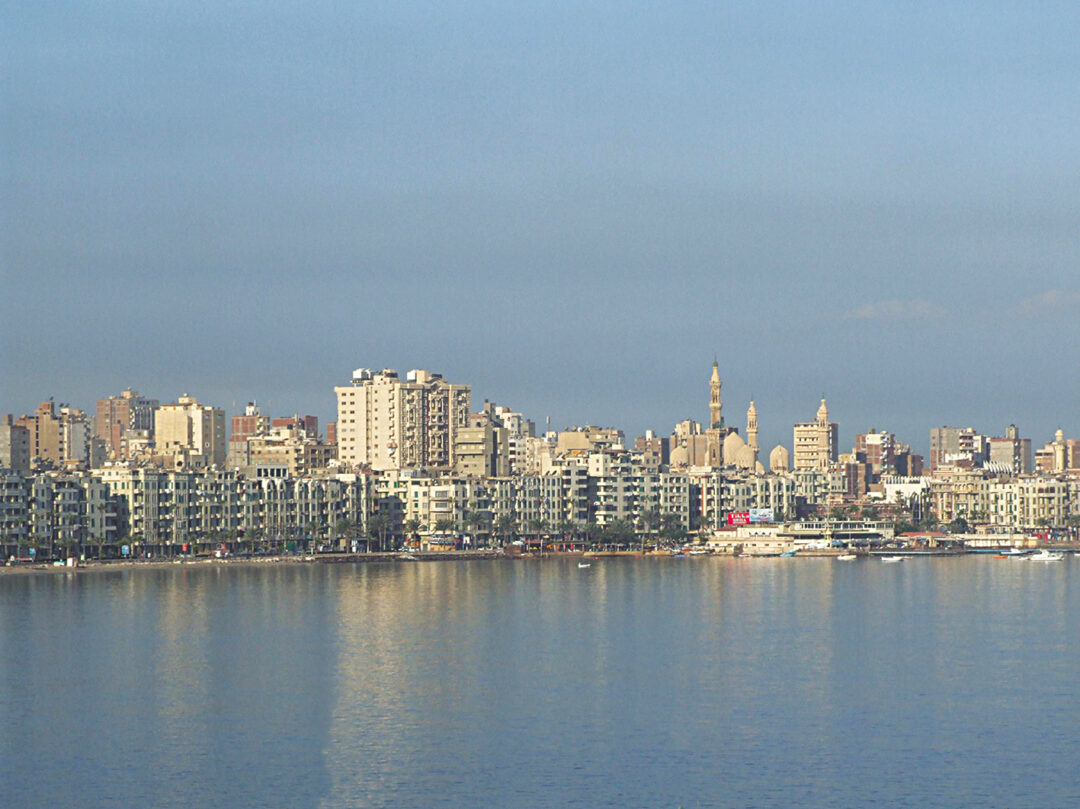
With a few exceptions of named buildings, the photographs depict Greek properties and businesses, anonymous neighborhoods and streets of the Ottoman quarter, gathering places, architectural details —such as “windows” and “staircases”— while views of the Alexandria Corniche, the abandoned coastline and stunning vistas towards Qaitbay highlight the city’s perpetual dialogue with the sea. The aim was not nostalgia for what has been lost, but rather the emergence of the Polis, through the images-symbols of an urban space being tested.
Reading Greece spoke to architectural historian, Professor at the Department of Architecture (University of Thessaly), Vassilis Colonas about the book, the challenges of finding the polis in Cavafy’s Alexandria, and the way the historical urban space is contrasted to the contemporary one, defining the city, in all its dimensions and forms, in Cavafy’s poetry.
Your latest book The City – Urban Space in the Work of C.P. Cavafy attempts to find the polis in Cavafy’s Alexandria. How did you embark on such a fascinating yet demanding writing venture?
Looking for the polis in Cavafy’s Alexandria has always been a fascinating but difficult-to-reach goal. The beginning of this journey was the First International Symposium on Cavafy in October 1991 in Alexandria, followed by a first presentation on the theme of Urban Space in the work of C. P. Cavafy.
It took courage and composure for an architectural historian to speak about Cavafy before an audience of renowned scholars specialized in his work. It was the encouragement of Kostis Moskov, cultural attaché at the Greek embassy in Cairo, that brought me to Alexandria and its “real”, seductive urban space. Until then, L. Durrel, S. Tsirkas and the memories of my father, who had served as a Greek Air Force officer in Egypt during World War II, had been my sole references for the representation of the modern city.
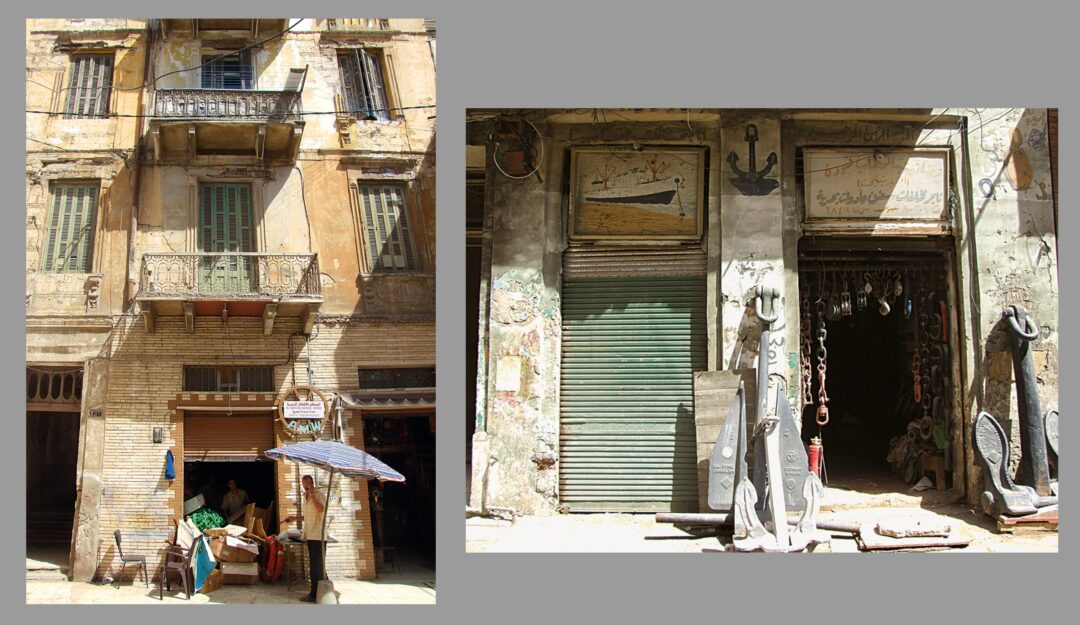
As you write in the book, the iconography of the urban space fall into two main categories: “those which refer to historical cities, at some given time in the past, and those which refer to cities of the modern world, cities in which the poet lived and which he can describe through his own personal experience”. How is the city, it all its forms and dimensions depicted in Cavafy’s poetry?
In both of these main categories, the iconography of urban space is created through the selective combination of characteristic reference points. For the historical city, the poet is not limited by the meagre archaeological evidence or the written descriptions of these cities; on the contrary, the absence of such evidence leaves him free to recreate them as he wishes, as he imagines them, as ideal settings in which his protagonists can act, as settings for the succession of events – real or imagined – that he wants to present and comment on, on the margins of official, political history.
While a wide range of cities appear in his historical poems, in his “modern” poems Cavafy confines himself exclusively to Alexandria. The descriptions of an abstract and indeterminate urban space, directly linked to the movements and actions of its protagonists, allow the poet to remain just as indeterminate as with historical cities. Unlike the descriptions of historical cities, the importance is no longer attached to the large scale, to the streets and squares of the modern city, but to the remote suburbs, to the small scale, to the interior space and the way one lives in it, to its furnishings and decoration.
The book contains exceptional photos you have taken as “an attempt to initiate a conversation between the poetic space and the image of Alexandria over the past twenty years”. Can you describe the Alexandria that is ‘revealed’ through your photographic lens?
The photographic lens aims to present the two aspects of the city where the poet lived. The popular neighbourhoods, where he wanders in search of the setting of his heroes’ action space and the official, the-renowned city, which he certainly knows but ostentatiously ignores, insisting on his own poetic «anonymous” Alexandria.
These two cities I attempt to reveal through my own photographs: the continuities and discontinuities in the iconography of urban space as it is presented or hidden in Cavafy’s poetry.

“The aim was not nostalgia for what has been lost, but rather the emergence of the Polis, through the images-symbols of an urban space being tested”. Tell us more.
Intentionally, well known views and postcard images of Alexandria have been omitted, including photos of the poet’s “familiar” space, while the city itself has been facing through a new wave of demolitions the devaluation of the architectural heritage that created Alexandria’s mythical cosmopolitan image of the 19th and 20th centuries.
It is to this fading, disappearing city that the photographs selected here pay homage, not to illustrate the text but as an attempt to initiate a conversation between the poetic space and the image of Alexandria over the past twenty years.
*Interview by Athina Rossoglou
TAGS: LITERATURE & BOOKS | READING GREECE

